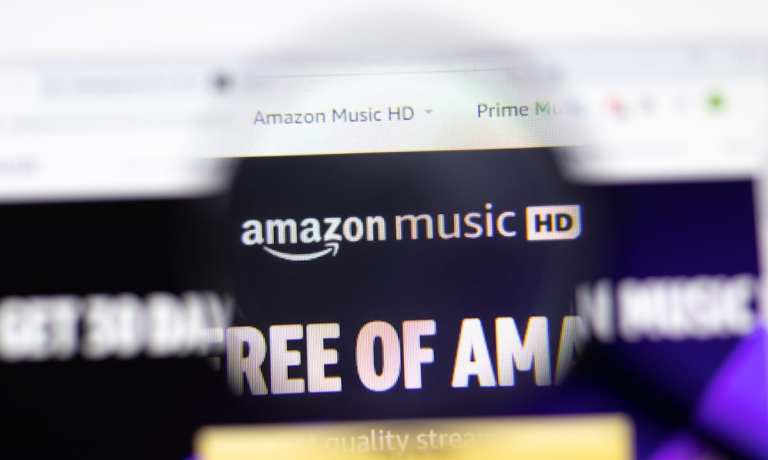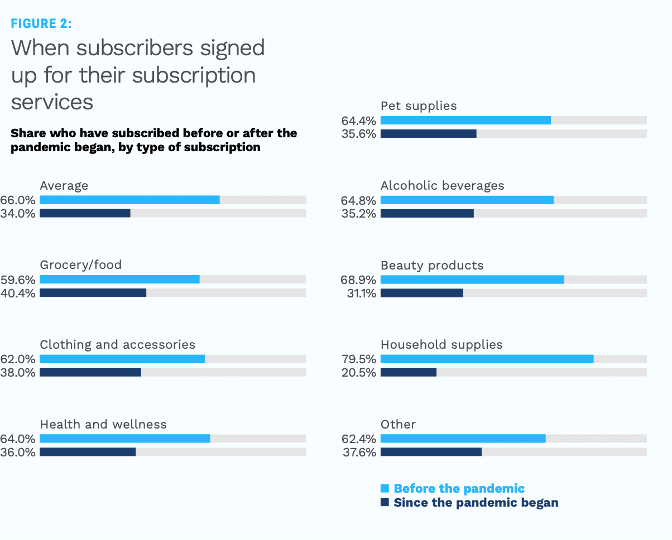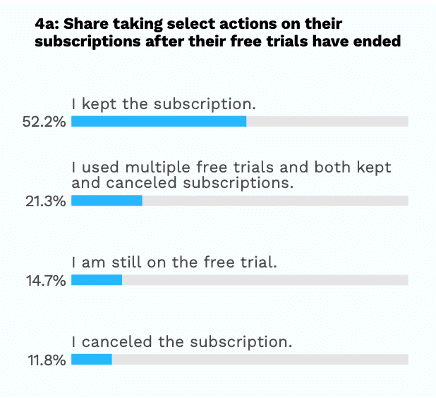
In order to understand this week’s chronicle of the battle of the retail titans, it’s necessary to understand the latest Big Tech battleground: music. Specifically, the different flavors of streaming music upgrades that are now coming to the fore, in which Amazon has a big stake and for which it is trying to charge a high subscription fee. And in order to understand that, ladies and gentlemen, let’s talk about Neil Young.
Here’s the very important background. As a decidedly old-school, hippie-type 60s icon, Young checked in early and often on what he called the degraded sound of digitally converted and digitally produced music. As he famously said back in 2012: “Steve Jobs was a pioneer of digital music, but when he goes home, he listens to vinyl.” And also in 2012, Young felt so strongly that digital music was lacking that he started a company (with a lot of help from Salesforce.com CEO Mark Benioff) called Pono, which introduced a higher bit-rate platform and portable device that played bigger music files with better sound quality. But competing with the iPhone and its music platform was no match for Pono, and it folded in 2017.
But Young was ahead of his time. Two new music formats are trying to stake a claim to better sound through digital, and Young is siding with Amazon. Amazon is a proponent of HD Audio. According to the What Hi-Fi audiophile blog, in 2014, the Digital Entertainment Group, Consumer Electronics Association and The Recording Academy, together with record labels, formally defined high-resolution audio as “lossless audio that is capable of reproducing the full range of sound from recordings that have been mastered from better-than-CD-quality music sources.”
This leads us to Amazon’s announcement this week that Amazon Music HD will be available to all eligible Amazon Music Unlimited subscribers at no extra cost (the service is $7.99 a month even for Prime members) and $9.99 for non-Prime members. What does Neil think? “It’s the biggest thing to happen in music since the introduction of digital audio.”
But what he may not be seeing is that Apple is also on the scene — and so is Twitter. Amazon’s bet on HD Audio comes at a time when it sees itself as competing with Apple for subscription dollars and entertainment market share. Apple announced at its recent developer conference that it is introducing two new audio formats that will be available to consumers in June. First, it is adding Spatial Audio, which the company said “gives artists the opportunity to create immersive audio experiences for their fans with true multidimensional sound and clarity.” Spatial Audio is basically the roaring 20s’ version of surround sound, and will be as important for movie-watching as it is for videos. Apple Music is also adding Lossless Audio, which is essentially the same as HD Audio with different file compression technology. Unlike Amazon, though, Apple’s audio upgrades will be extended at no additional cost.
On the fringes for right now are Twitter and Walmart. Twitter recently purchased Tidal, whose value prop is based on HD Audio. They have time on their side. But Walmart being on the fringes of a competitive category can’t be something that Bentonville finds acceptable. Expect a move on music from Walmart — because right now, when a consumer goes to Walmart.com for music, they find Neil Young’s favorite format: vinyl.
Amazon Tests the Limits of Subscription Spending
Beyond its own subscription services, of which Prime is the foundation, Amazon has recently gone subscription box-crazy. At last check, by its own count, it has more than 400 subscription boxes for sale from companies as far-flung as socks from Philosockphy to The Office T-Shirt Club to the Carnivore Club’s handcrafted meat selection. It begs the question: How high is up for consumer subscription spend?
PYMNTS has been tracking the subscription commerce category since 2017. Its April report drilled down into the area of retail subscriptions and found that while there is an appetite among consumers, the purveyors of subscription boxes – like the 400-plus options available on Amazon — need to check their value proposition. Consumers tend to subscribe to two distinct types of products and services: “must-haves” and “nice-to-haves.” Must-haves are often essential items, such as health and wellness products, pet supplies and household goods like cleaning supplies and paper towels, while nice-to-haves typically include beauty products and alcohol.
Now, about that value prop: Need-to-have subscriptions are driven by convenience. Eighty percent of consumers with subscriptions to health and wellness products say they signed up because doing so made their shopping experiences more convenient. Consumers with “nice-to-have” retail subscriptions appreciate the convenience, too, but they also mix in the uniqueness of the product, its quality or simply the chance to have fun.
PYMNTS’ research shows that the number of consumers with retail subscriptions has increased by 99 percent since 2020, and 20 percent of consumers have access to at least one subscription. The only other type of subscription to come close in terms of growth are digital media products, as the number of consumers with such subscriptions has increased by 92 percent in the same timeframe. Thirty-four percent of all consumers who have signed up for a new retail subscription in the past year have done so since the pandemic began, on average.
 Grocery and food subscriptions have experienced the largest growth of any type of consumer retail subscription since the pandemic’s onset. Forty percent of all consumers who currently have at least one grocery or food subscription signed up for them over the past year. Clothing and accessories and health and wellness subscriptions round out the top three, as 38 percent and 36 percent of consumers with these types of subscriptions have signed up since March 2020, respectively.
Grocery and food subscriptions have experienced the largest growth of any type of consumer retail subscription since the pandemic’s onset. Forty percent of all consumers who currently have at least one grocery or food subscription signed up for them over the past year. Clothing and accessories and health and wellness subscriptions round out the top three, as 38 percent and 36 percent of consumers with these types of subscriptions have signed up since March 2020, respectively.
 Consumers’ approaches to subscription commerce changed during the pandemic. Only 52 percent of consumers who have used free trials since the pandemic kept their subscriptions. Retention rates tend to be higher among retail subscribers, but even those consumers don’t hesitate to cancel subscriptions with which they feel dissatisfied. Sixty-five percent of consumers who have signed up for grocery and food subscriptions whose free trials have ended since the pandemic began have kept and are paying for those subscriptions. The same can be said for 59 percent of consumers who have signed up for alcohol subscriptions and whose free trials have ended.
Consumers’ approaches to subscription commerce changed during the pandemic. Only 52 percent of consumers who have used free trials since the pandemic kept their subscriptions. Retention rates tend to be higher among retail subscribers, but even those consumers don’t hesitate to cancel subscriptions with which they feel dissatisfied. Sixty-five percent of consumers who have signed up for grocery and food subscriptions whose free trials have ended since the pandemic began have kept and are paying for those subscriptions. The same can be said for 59 percent of consumers who have signed up for alcohol subscriptions and whose free trials have ended.